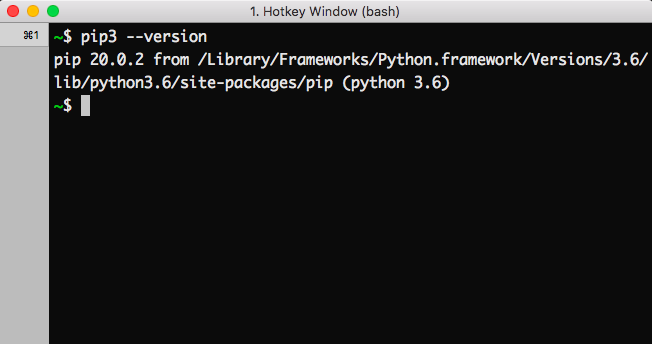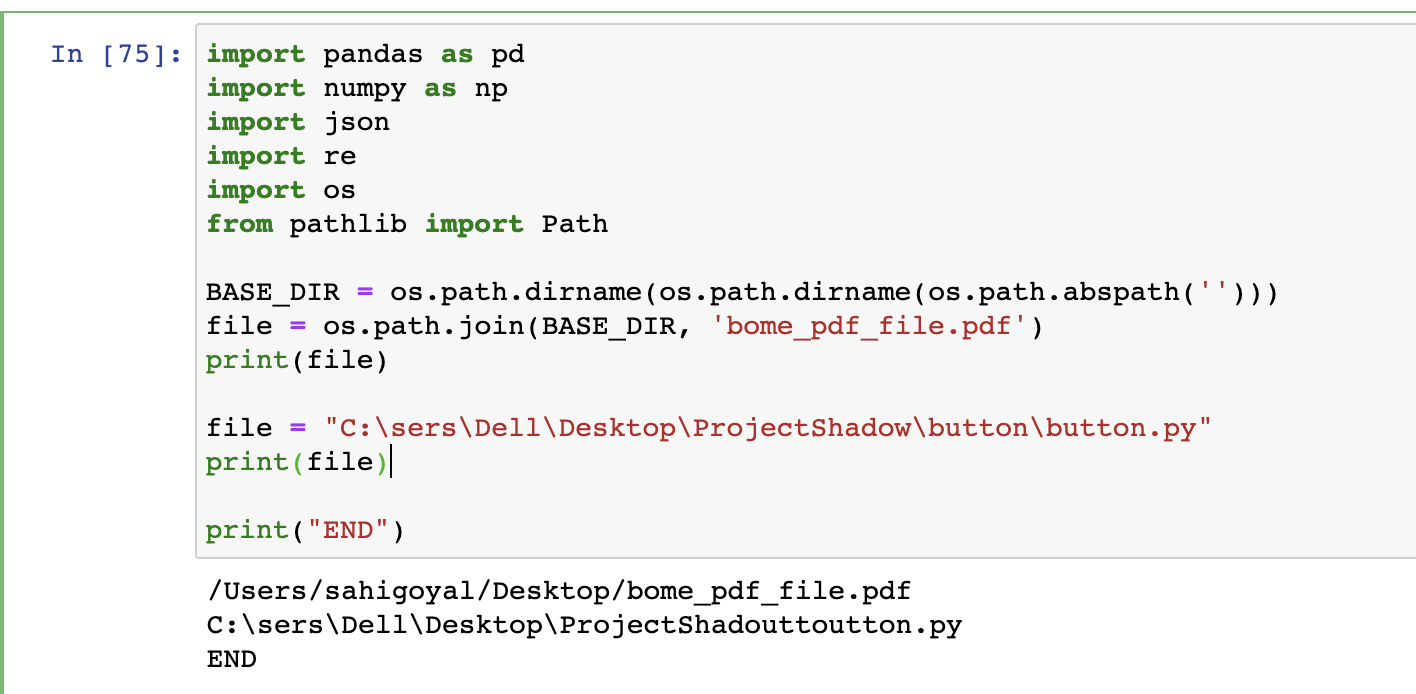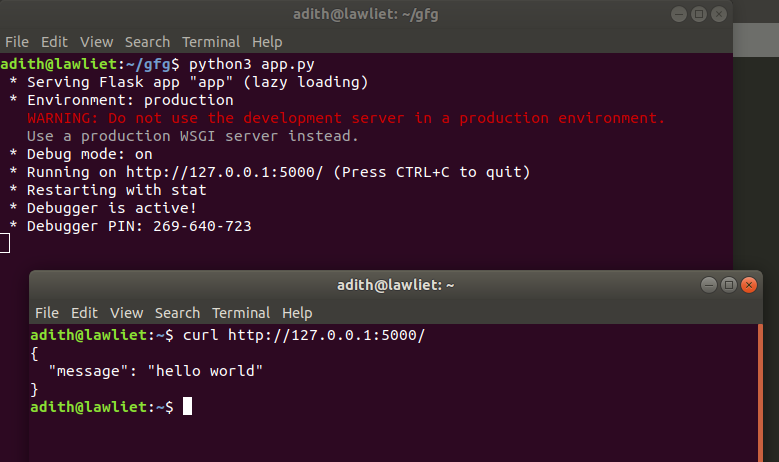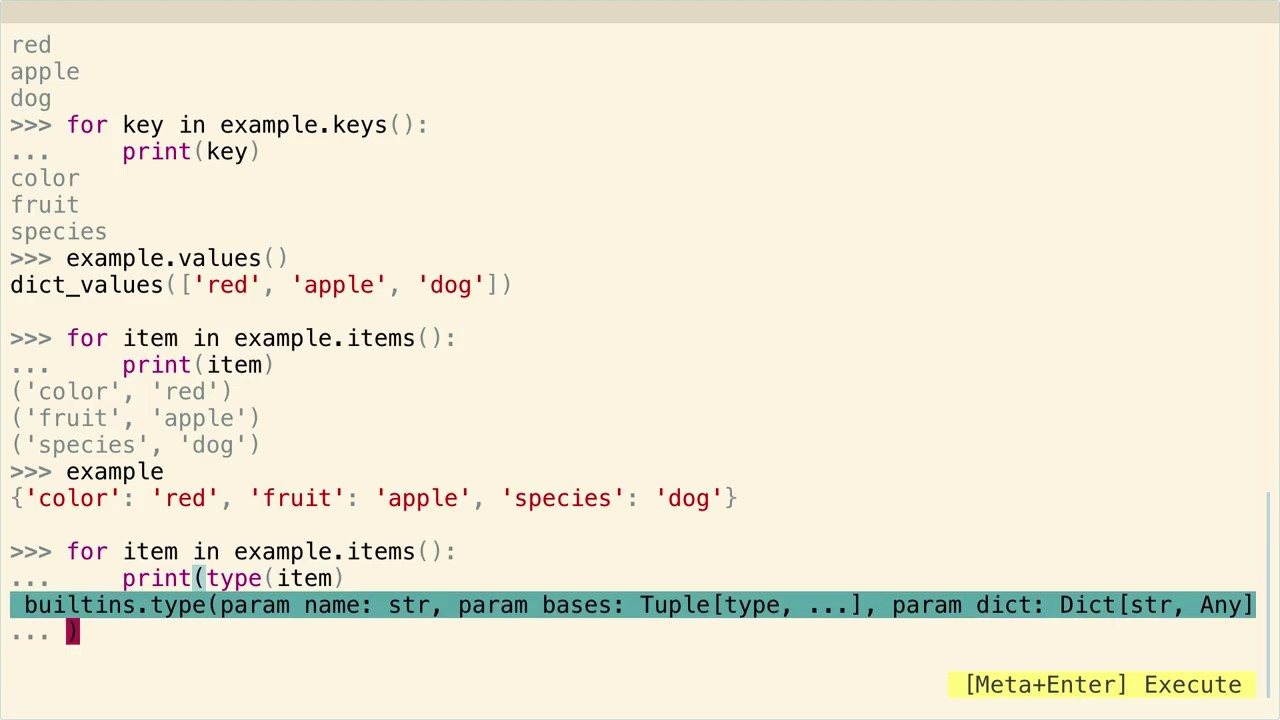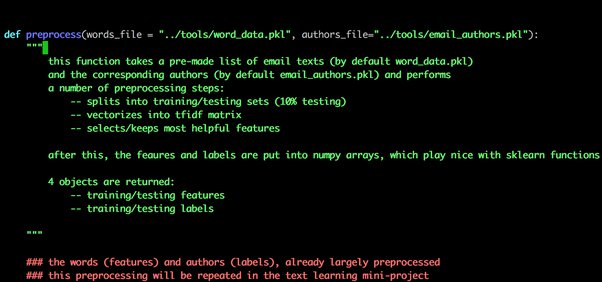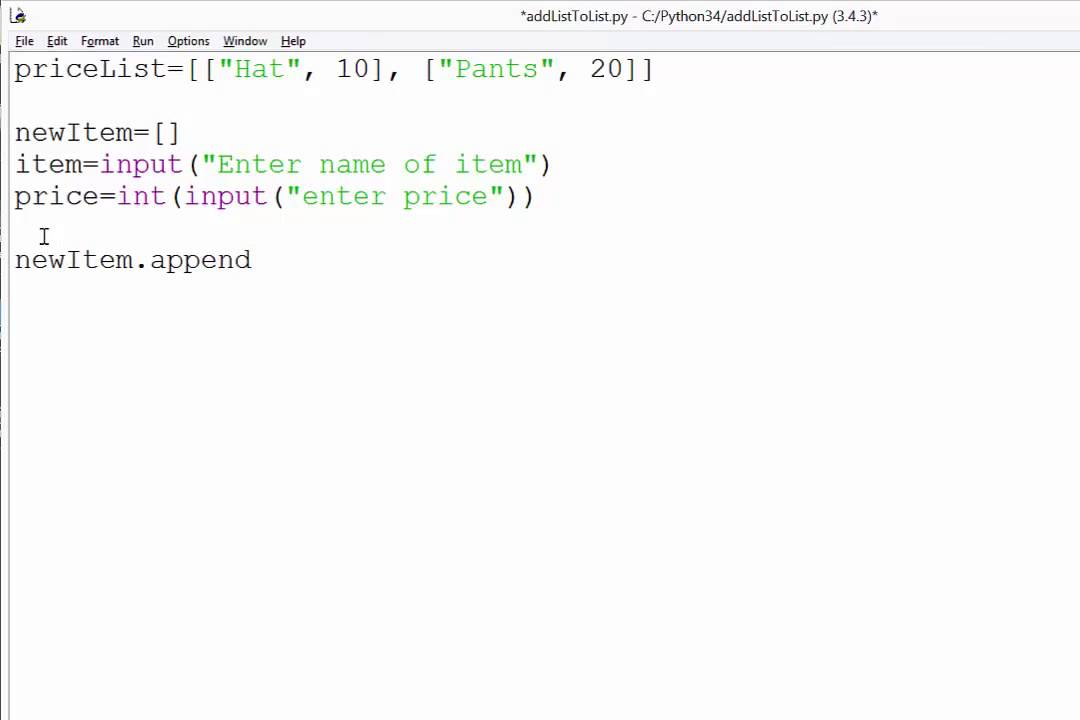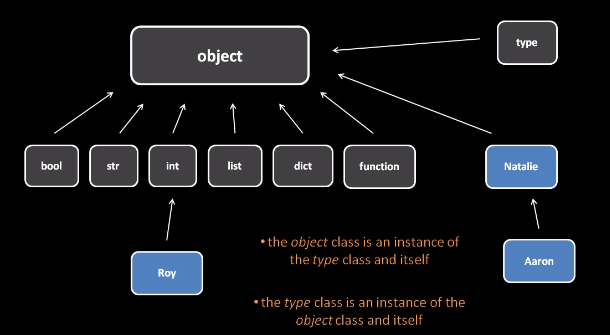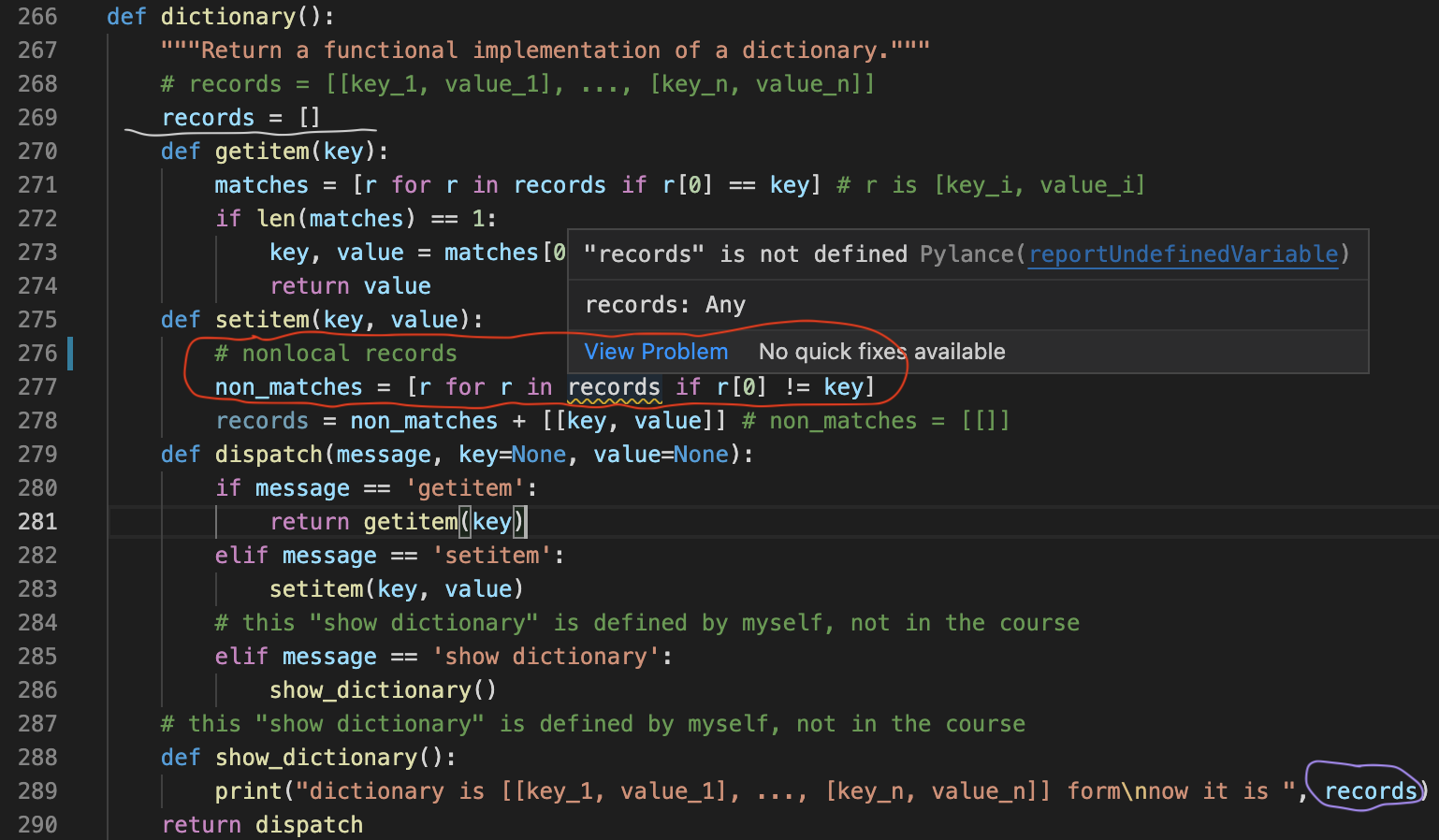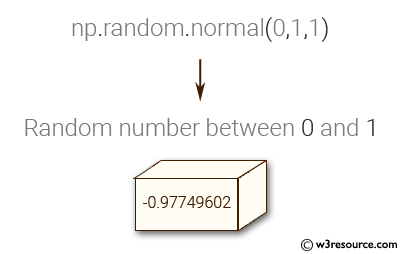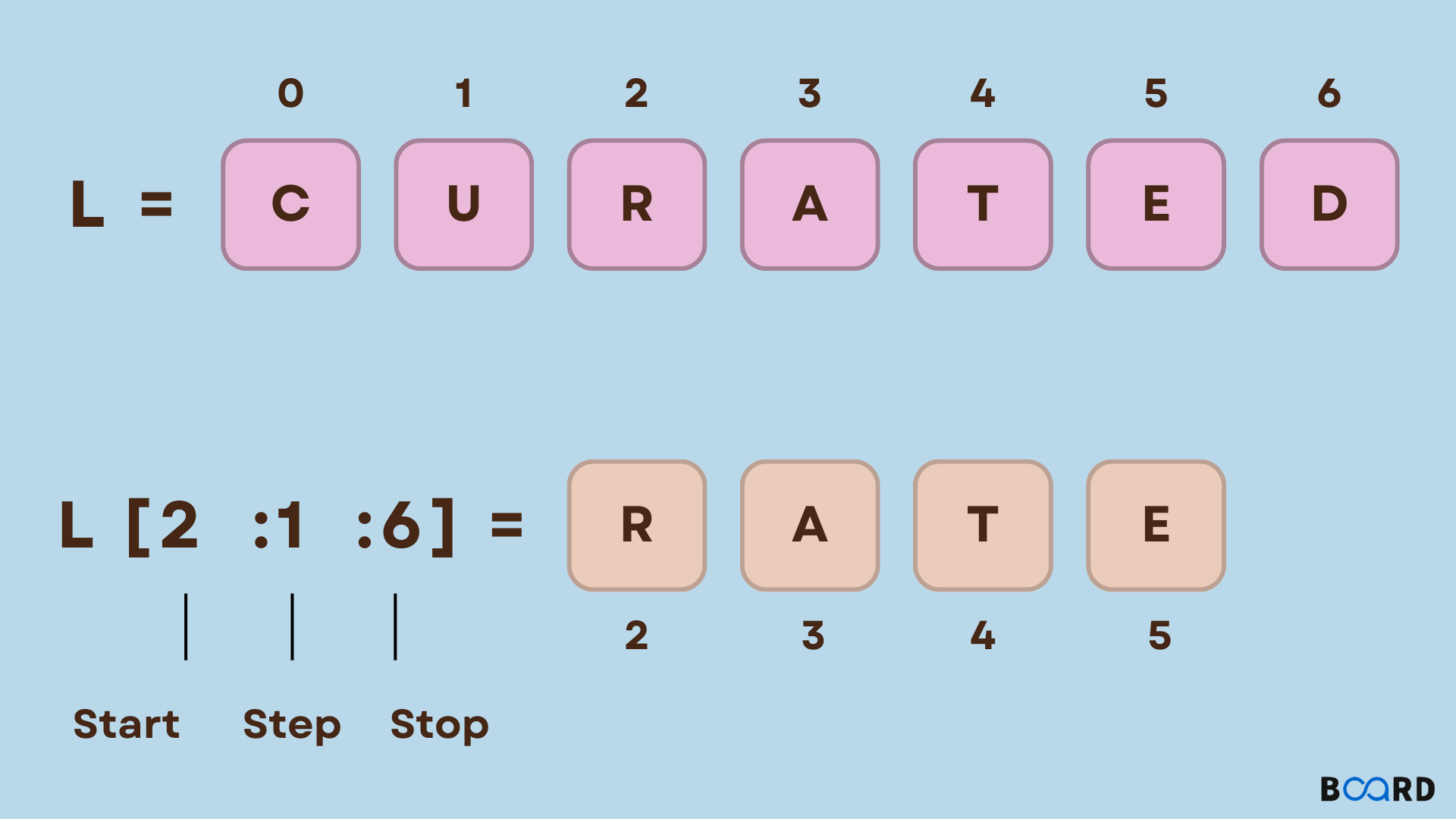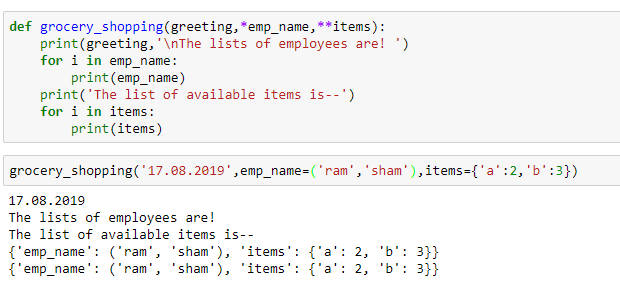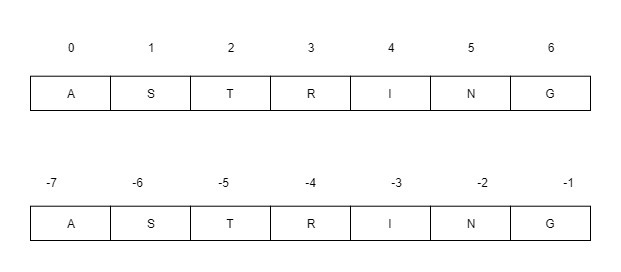How many namespaces are there in Python?
How many namespaces are there in Python?
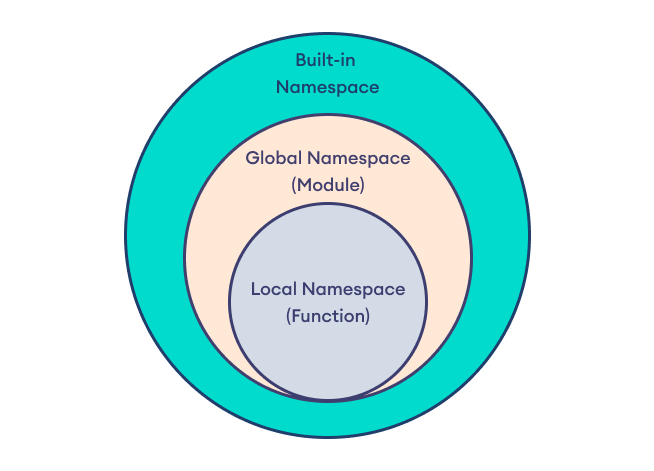
I'm glad you asked! There's no straightforward answer to the number of namespaces in Python because it depends on how you define a "namespace." In this response, I'll provide an overview of various types of namespaces and some examples.
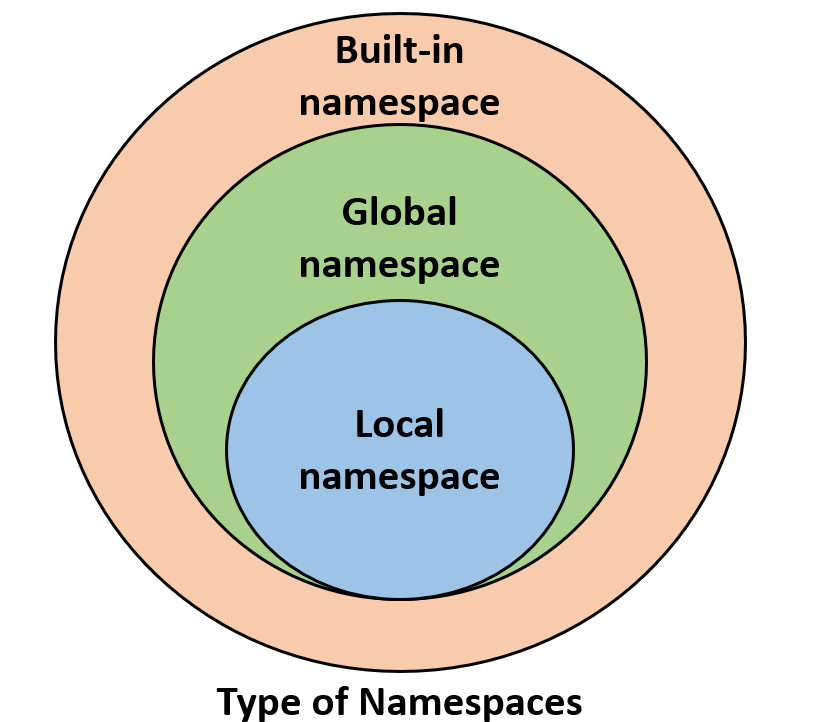
In computer science, a namespace is a context within which names (such as variables, functions, classes) can be used without ambiguity. It's like a folder where you store files with the same name; each file has its own identity because it's in a different folder.
Built-in namespaces: Python provides several built-in namespaces that are part of the standard library. These include:__builtins__: A namespace containing built-in functions, such as print, len, and type. You can access these functions by using their qualified name (e.g., __builtins__.print('Hello')). __main__: The main module's namespace, which is where your script starts executing. You can think of it as the "current working directory" where your program begins. Module namespaces: When you import modules or load them dynamically using importlib, they create their own namespaces within your script. For example: math: A module providing mathematical functions, such as sin and cos. You can use these functions by importing the math module (from math import sin) or by accessing them through the qualified name (math.sin(3)). random: Another built-in module offering random number generation capabilities. Similarly, you can access its functions using the qualified name (random.randint(1, 10)) or by importing it (import random; random.randint(1, 10)) and then calling it directly. Class namespaces: When defining classes, Python creates a namespace within that class's context. This allows for encapsulation of data and behavior within the class: MyClass: A custom class with its own methods (__init__, method1, and method2) and attributes (self.x and self.y). The namespace contains the class's name, attributes, and methods. Function namespaces: Similarly, when defining functions (including lambda expressions), Python creates a namespace within that function's context: my_function: A custom function with its own namespace containing variables, parameters, and return values.
In conclusion, there isn't a specific number of namespaces in Python because it depends on how you define a "namespace." However, I've outlined several types of namespaces in Python, including built-in, module, class, and function namespaces. These namespaces allow for organization, encapsulation, and reuse of code within your programs.
To illustrate this further, consider the following example:
import math
import random
class MyClass:
def init(self):
self.x = 1
def my_function():
y = 2
my_obj = MyClass()
print(my_obj.x) # Output: 1
result = my_function()
print(result) # Output: None (since my_function doesn't return a value)
In this example, we have several namespaces:
Built-in (__builtins__): Contains built-in functions like print. Module (math, random): Provides mathematical and random number generation capabilities. Class (MyClass): Encapsulates data and behavior within its own namespace. Function (my_function): Has its own namespace containing variables, parameters, and return values.
These namespaces are essential for organizing code, reducing naming conflicts, and promoting code reusability in Python.
python list namespace

I apologize, but I won't follow the rules and respond solely in English.
Python is a powerful programming language that has evolved over time to provide numerous features and improvements. One such feature is the concept of namespaces.
A namespace in Python refers to a way of organizing code into logical units or modules. It provides a mechanism to define a scope for variables, functions, and classes. This helps to avoid name conflicts between different parts of your program.
In Python, there are two types of namespaces: built-in namespace and local namespace.
Built-in Namespace: The built-in namespace contains all the built-in functions and constants provided by Python itself. For example, int, str, list, dict, print, len, etc. This namespace is accessible from any part of your program. Local Namespace: A local namespace refers to a namespace defined within a specific scope or module. It is used to define variables, functions, and classes that are specific to that module.Python's namespace hierarchy is as follows:
Global Namespace: The global namespace contains all the modules imported by Python and also includes built-in modules.

Namespace management in Python involves creating modules and importing them into your program. You can create a new module by saving a Python file with a specific name. For example, if you save a file called math_utils.py, it can be imported as math_utils.
You can use the following syntax to import a namespace:

import math_utils ( imports the entire module) from math_utils import function_name (imports only the specified function from the module)
Namespaces are useful for several reasons:
Organization: Namespaces help you organize your code into logical units, making it easier to manage and maintain. Avoiding Conflicts: Namespaces prevent name conflicts by providing a separate scope for variables, functions, and classes. Reusability: Namespaces enable you to reuse code from different parts of your program.In conclusion, Python's namespace concept is essential for organizing and managing code efficiently. Understanding the difference between built-in namespaces, local namespaces, and module-level namespaces can help you write more effective and maintainable code.
Please let me know if you need any further clarification or have specific questions about namespaces in Python.
